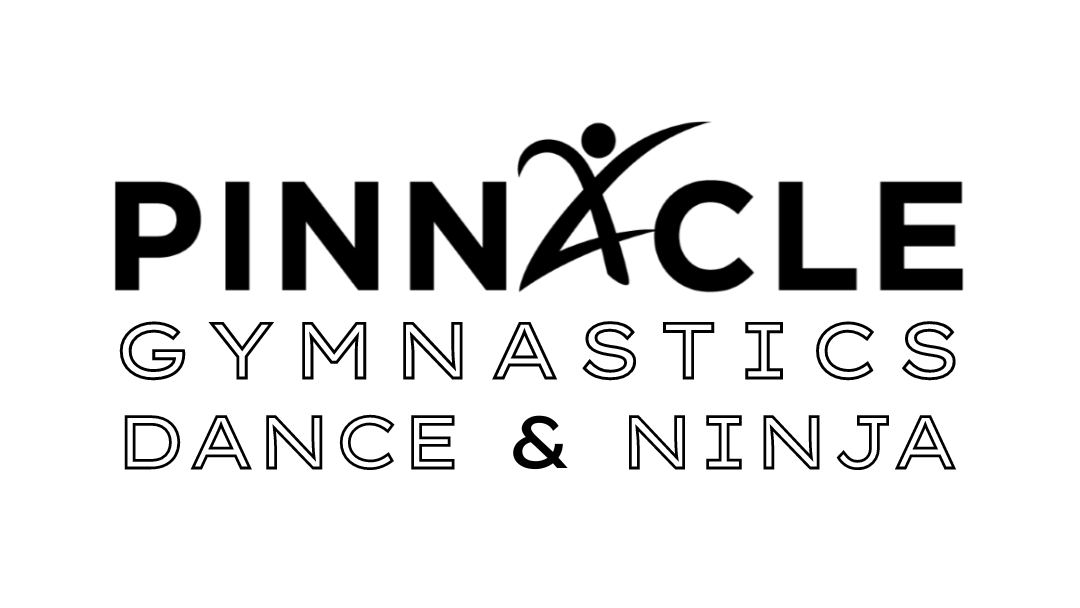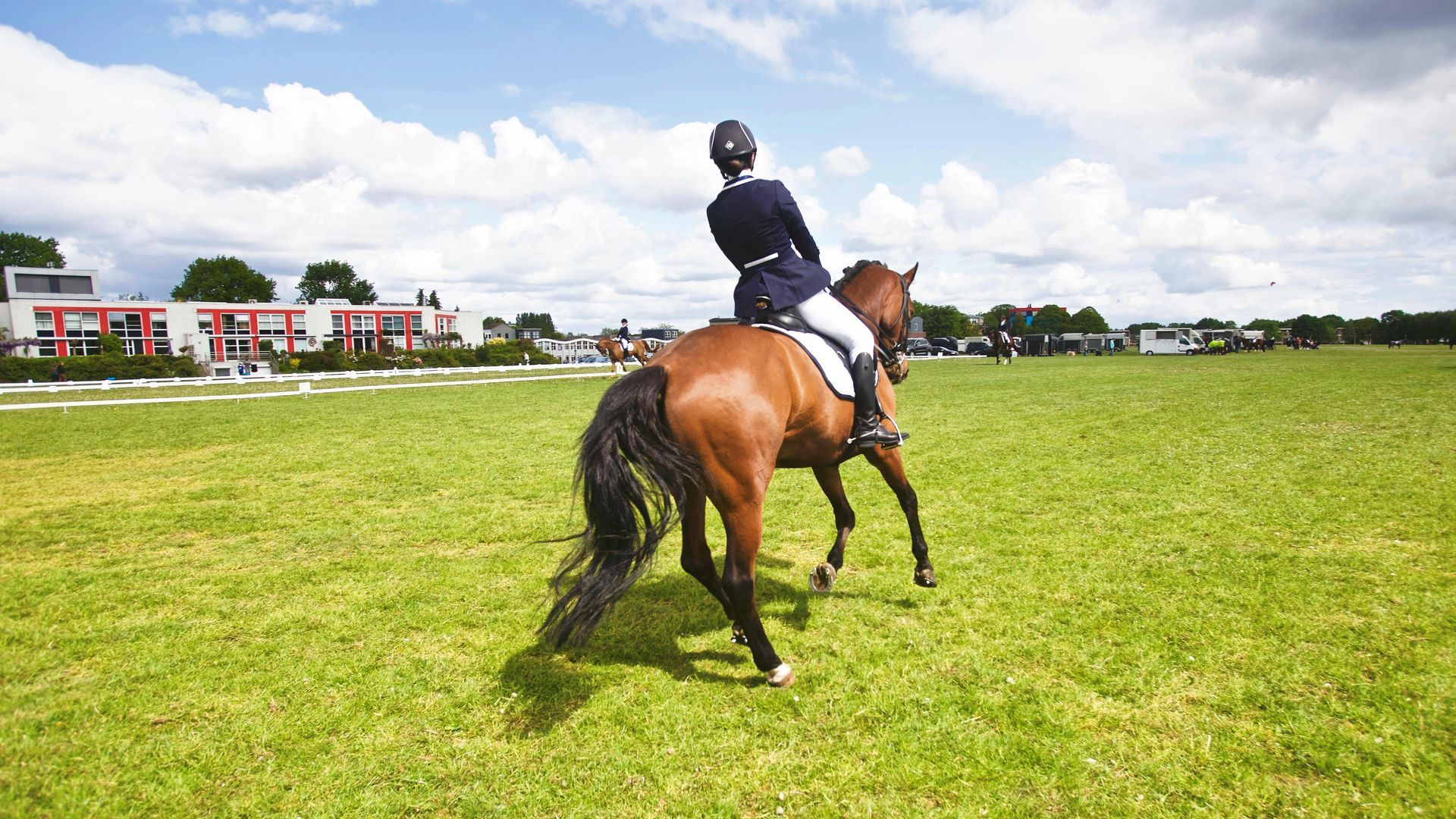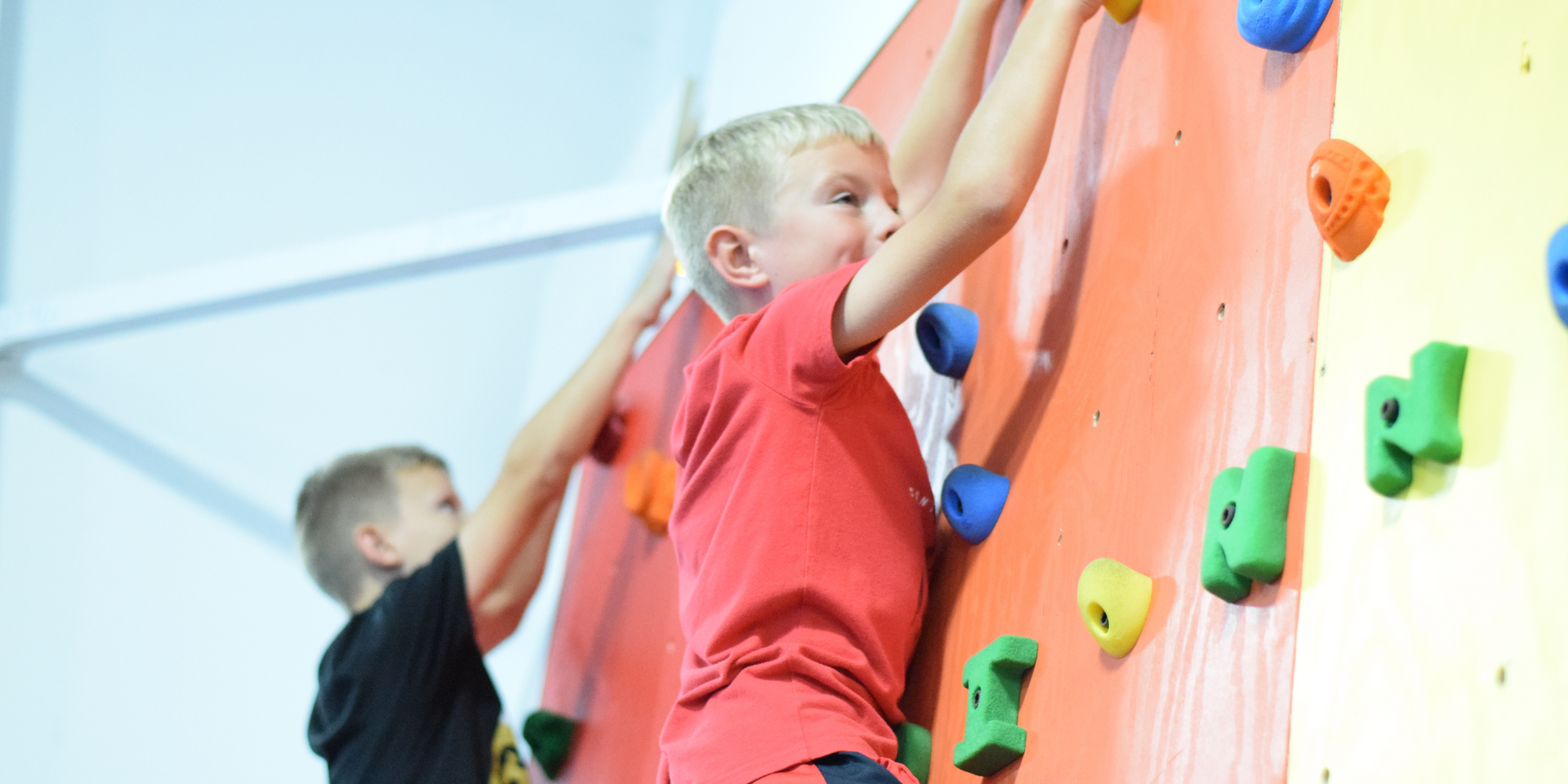Are Trampolines Safe?
Are Trampolines Safe?
Trampolines are a popular source of fun and exercise for people of all ages. They provide an exciting way to burn calories, improve balance, and engage muscles in a way that few other activities can match. However, with the thrills come potential risks. So, how safe are trampolines really, and should you use one? Let’s dive into the pros and cons of trampolines, the safety considerations you need to be aware of, and tips for using them responsibly.
The Appeal of Trampolines: Fitness and Fun
When used correctly, trampolines can be an excellent tool for both fitness and recreation. Jumping on a trampoline works the entire body, improving cardiovascular health, enhancing coordination, and boosting muscle strength. It’s also a fun, low-impact workout that can be gentler on the joints compared to other forms of exercise.
Moreover, trampolines are great for kids, giving them a way to get active while having fun outdoors. Trampoline parks have become increasingly popular, offering individuals of all ages the chance to bounce around in a safe, controlled environment. However, despite the excitement and appeal of trampoline parks, trampoline use in a supervised gymnastics setting tends to be a safer option. Here’s why:
Trampoline Use in a Gymnastics Setting vs. Trampoline Parks
While trampoline parks are designed for fun and entertainment, they often lack the controlled environment needed for safe trampoline use. This can increase the likelihood of injury. In contrast, gymnastics facilities offer a much more supervised, structured, and safer environment for trampoline use.
- Professional Supervision and Training: In a gymnastics setting, experienced coaches and trained professionals supervise trampoline use. These instructors teach proper techniques, monitor the skill level of jumpers, and ensure safety protocols are strictly followed. They can spot potential risks and correct unsafe behaviors before an injury occurs.
- At a trampoline park, the supervision may not always be as specialized. Many parks rely on general staff who may not have expertise in trampoline safety or injury prevention, which can lead to less effective monitoring.
- Skill-Level Segmentation: Gymnastics facilities often have specific guidelines and equipment tailored to different skill levels. Beginners may use smaller, more controlled trampolines with lower bounce power, while more advanced users have access to larger, higher-bounce trampolines suited to their ability.
- In trampoline parks, users of all skill levels often share the same area, increasing the risk of collisions, falls, or overexertion. Without clear segmentation, inexperienced jumpers can unintentionally put themselves and others at risk.
- Customizable Safety Measures: Gymnastics settings are often equipped with mats, pads, and other safety features that are designed to reduce injury in the event of a fall or accident. Coaches will ensure that safety features, like spring covers and safety nets, are always properly maintained.
- At trampoline parks, safety equipment might not always be in place or maintained consistently. Additionally, the design of trampoline parks with areas dedicated to various jumping activities (e.g., dodgeball, foam pits, or slam dunk zones) can lead to unexpected hazards.
- Controlled Jumping Environment: In a gymnastics facility, the environment is carefully controlled, ensuring that the trampoline is placed on a flat surface, away from obstacles, and that jumpers are trained to follow safety protocols, such as staying within the center of the mat and using proper form.
- In trampoline parks, the environment may not always be as controlled. With numerous people jumping at once and areas with different types of activities (such as foam pits or obstacle courses), there are more opportunities for chaotic, uncontrolled jumping.
Are Trampolines Safe? A Guide to Understanding the Risks and Benefits
Trampolines, regardless of setting, come with certain risks that cannot be ignored. According to the American Academy of Pediatrics (AAP), trampolines are responsible for a high number of injuries each year, particularly among children.
The primary causes of injury on trampolines often stem from:
- Falls off the Trampoline: Jumping too high or bouncing in an unsafe manner can lead to falling off the trampoline, especially if there are no safety nets or barriers in place.
- Collisions Between Jumpers: Trampolines are often used by multiple people at once, leading to collisions. These crashes can result in broken bones, sprains, or head injuries.
- Inadequate Supervision: Injuries can occur when children or inexperienced users jump without adult supervision, improper technique, or without being mindful of safety precautions.
- Poor Maintenance: Damaged springs, torn safety nets, or unstable frames can all contribute to accidents, making regular inspection and maintenance crucial.
How to Make Trampoline Use Safer
While trampolines can be fun, it’s important to use them safely. Here are some tips to minimize risks and maximize enjoyment:
- Use Proper Safety Equipment: Always use a trampoline with a safety net or enclosure. These barriers help prevent falls and keep jumpers on the mat. In addition, make sure the trampoline is equipped with protective padding over the springs and frame.
- Limit Jumpers: Avoid allowing multiple people to jump at the same time, as this increases the risk of collisions. The American Academy of Pediatrics recommends having only one jumper on the trampoline at a time.
- Supervise at All Times: Children should always be supervised when using a trampoline, especially if they are inexperienced or under the age of 6.
- Ensure Proper Grounding: Make sure the trampoline is set up on flat, level ground, and that it is not near any obstacles such as trees, fences, or hard surfaces.
- Regular Maintenance: Inspect your trampoline regularly for any signs of wear and tear. Check the springs, frame, safety net, and mat for damage, and replace any broken parts immediately.
- Use Proper Technique: Encourage jumpers to bounce in the center of the trampoline and avoid performing flips, somersaults, or other risky moves that could lead to injury.
Are Trampolines Worth It?
Ultimately, the decision to use a trampoline comes down to individual preferences and safety precautions. Trampolines can provide great physical and mental benefits, especially when used with the right precautions in place. However, it’s essential to acknowledge the risks and take necessary steps to protect yourself and others.
If you’re considering adding a trampoline to your backyard or taking your kids to a trampoline park, make sure you are well-informed about the safety measures required to prevent injuries. While trampoline parks can be fun, using trampolines in a supervised gymnastics setting offers a higher level of safety due to better control, training, and precautionary measures.
When used responsibly, trampolines can be an enjoyable and effective fitness tool for the whole family!











